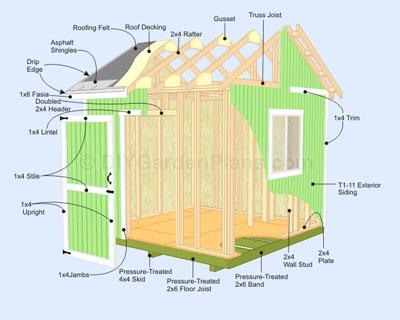In preparing to write this blog, I looked up the definitions and synonyms of mission. I was especially interested in the difference between “mission” and “vision”. Here is what I found. The Business Dictionary.com offers these definitions:
A mission statement is: “A written declaration of an organization’s core purpose and focus that normally remains unchanged over time. Properly crafted mission statements (1) serve as filters to separate what is important from what is not, (2) clearly state which markets will be served and how, and (3) communicate a sense of intended direction to the entire organization. A mission is different from a vision in that the former is the cause and the latter is the effect; a mission is something to be accomplished whereas a vision is something to be pursued for that accomplishment.”
A vision statement is: “An aspirational description of what an organization would like to achieve or accomplish in the mid-term or long-term future. It is intended to serves as a clear guide for choosing current and future courses of action. See also mission statement.”
Then I looked up synonyms. Merriam-Webster.com identified the top synonyms of mission as: frame, structure, and fabric, adding that the framework is the arrangement of parts that gives something its basic form.
Thinking about Mission as the “cause” and vision as the “effect” was helpful. Using the language of our standards, the mission statement results in the goals and objectives. Rather than using the term “vision”, we have goals and objectives which provide the framework for the program. Again, using Merriam-webster.com, “framework is a particular set of rules, ideas, or beliefs which you use in order to deal with problems or to decide what to do.” Basically, the mission is the 30-second elevator speech that describes the program. Usually the mission statement itself remains consistent over time. However, the way the mission is implemented may change over time with advancements in clinical science and practice, shifts in in training pedagogy, and the evolution of the sponsoring organization’s structure. In practical terms, this means that while the mission remains constant, the goals and objectives will be modified as needed over time.
Now, to focus specifically on the Standard 1: Mission, Goals and Objectives. This Standard addresses the ‘big picture’ and the descriptions of the major components of the postgraduate training program. In essence, it is the executive summary of the program. It provides the blueprints and the building materials that are used to create the program — that provide the foundation for its form and function.
The five Elements of Standard 1 consist of: 1. The mission statement; 2. How it is presented in internal and 3. External communications; 4. The program goals; and 5. The program objectives. The goal of the Standard 1 is to ensure that the program’s constituents, supporters, and providers have a clear understanding of why it exists, who it serves, how it provides service, and the time frame for the delivery of the program. In wrapping up, I’ll quote Henry David Thoreau: “It’s not enough to be busy, so are the ants. The question is, what are we busy about?” The Mission, Goals and Objectives give direction to our ‘busy-ness’. They provide the blueprint that provides a cohesive approach. They specify the desired outcomes. And they give the expected time frame to accomplish the outcomes.
The remaining Standards address the details of the program – the appearance and function of the final structure – what the building looks like when it is habitable. Essentially these Standards provide the programmatic details that give substance to the actual postgraduate training program.
Next week we will take a look at Standard 2: Curriculum.
Until then,
Candice


